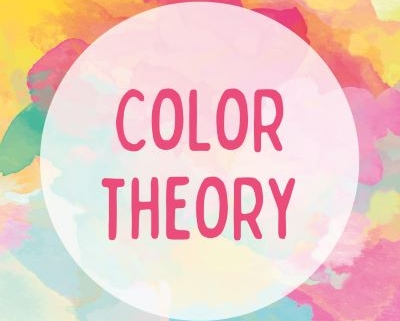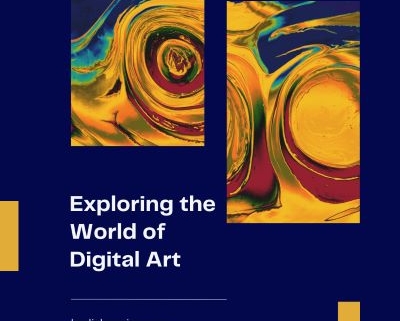Color theory is the study of how colors interact with each other and how they affect human emotions. It is a complex and fascinating subject, and it can be used to create powerful and expressive works of art.
Primary, Secondary, and Tertiary Colors
The primary colors are red, yellow, and blue. They cannot be created by mixing other colors. The secondary colors are orange, green, and purple. They are created by mixing two primary colors together. The tertiary colors are created by mixing a primary color with a secondary color.
Warm and Cool Colors
Colors can also be classified as warm or cool. Warm colors, such as red, orange, and yellow, evoke feelings of warmth, excitement, and energy. Cool colors, such as green, blue, and purple, evoke feelings of calmness, relaxation, and peace.
Color Theory in Art
Artists use color theory to create specific moods and emotions in their work. For example, a painter might use warm colors to create a sense of excitement or joy, or they might use cool colors to create a sense of calmness or peace.
Here are some examples of how artists use color psychology in their work:
- Vincent van Gogh: Van Gogh was known for his use of bold, vibrant colors. His paintings, such as “The Starry Night” and “Sunflowers,” evoke feelings of energy, excitement, and passion.
- Pablo Picasso: Picasso went through different color phases in his work. His Blue Period paintings were dominated by cool blue tones, and they evoked feelings of sadness and melancholy. His Rose Period paintings were dominated by warm pink and red tones, and they evoked feelings of joy and happiness.
- Mark Rothko: Rothko was known for his large-scale abstract paintings that used color to create a sense of awe and wonder. His paintings, such as “No. 10” and “No. 61 (Rust and Blue),” are often described as meditative and calming.
Using Color Theory and Psychology in Your Own Art
If you are an artist, you can use color theory and psychology to create more expressive and impactful works of art. Here are a few tips:
- Consider the mood and emotions that you want to evoke. What kind of feeling do you want your viewers to have when they look at your work? Once you know the mood and emotions that you want to evoke, you can choose colors that will help you to achieve that goal.
- Use color contrast. Color contrast can be used to create a sense of excitement and drama in your work. For example, you could juxtapose a warm color with a cool color, or a light color with a dark color.
- Experiment with different color combinations. There are no rules when it comes to using color in art. Experiment with different color combinations to see what works best for you and the mood that you are trying to create.
Conclusion
Color theory is a powerful tool that can be used to create expressive and impactful works of art. By understanding the psychology of colors, you can choose colors that will help you to evoke the desired mood and emotions in your viewers. So, don’t be afraid to experiment with color in your art. The possibilities are endless!
Sign Up for Expert, Individualized Art Lessons Today!
Hodis Learning & Music provides expert, individualized art lessons to students of all ages and backgrounds, helping them embark on their unique musical journey or art school applications. Learn more about our services by calling or emailing us today!


